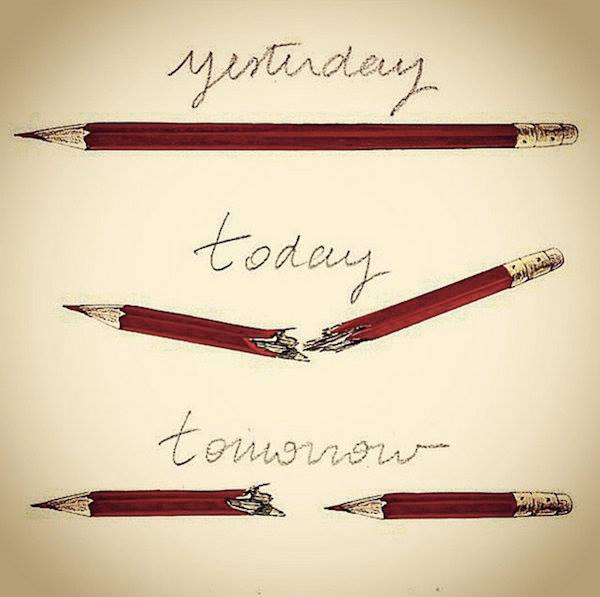New York Arab & South Asian Film Festival 2007, 2/23 – 3/4
There is a constant creation of new film festivals defined by regional, thematic, distribution (such as video ipods), or other parameters, propelled by a large supply of production and an ever increasing number of new film makers. This phenomenon is caused by expansion of film schools, access to low cost production equipment, and last not least public and corporate funding for film festivals. By now it is hard to ascertain how many fests we actually have. More than 3000 film fests are registered with the filmfestivals.com information service, with many more existing and forming constantly. A flood of productions is engulfing film festivals, as reported by most festival directors. Most recently: screeners from Panorama, one of the most important Berlinale sections had to screen 3000 submissions year for 50 programming slots, compared to the 1500 submissions that Panorama had to review only four years earlier. The 2007 Tribeca Film Festival received 2,300 short films submissions out of which 62 were selected for the competition. In spite of the large number of new festivals, it is often difficult to detect new festival program components. Thematically there is frequently an overlap, thus there are at least three other film festivals in New York covering the Arab regions. Also, the quest for having a large number of productions ‘premiering’ at the festival inevitably leads to the inclusion of productions that will be rapidly forgotten.
Refreshingly, the New York Arab & South Asian Film Festival that is organized by the New York-based Alwan for the Arts organization, had several innovative features and a distinctive profile, as prompted by its political objective to show the “socio-political realties of North Africa, the Middle East, South Asian and their Diasporas”. In cooperation with agenda driven groups such as the South Asian Women’s Creative Collective, Downtown Community Television and Third Eye New York, the festival presented issue-oriented productions covering topics neglected by mainstream media and news. From February 23rd to March 4th, 2007, the NY Arab and South Asian Film Fest presented more than 80 features, documentaries and shorts in four Manhattan venues. Among the most striking program components was WAR DIARIES, which consisted of mostly unedited film footage from the war zones of Afghanistan, Iraq, Lebanon and Palestine. Screened throughout the festival before the films, WAR DIARIES presented violence and destructions through striking, brief visual insights. Their message was reinforced by numerous new documentaries on lives spend under the occupation, thus the festival provided an effective and realistic introduction to regional conflicts that are exacerbated by US foreign policy. Novel festival features included presentations of the first feature films from Saudi Arabia and Bahrain (SHADOW OF SILENCE by Abdullah Al Muheisen and BAHRAINI TALK by Bassam Al Thawadi, respectively), and a section on Palestinian Revolution Cinema showcasing films on the Israeli occupation of Palestine. The program did not include the customary seminars on ‘film funds’ or ‘film marketing,’ but offered an intriguing workshop for young people and opened a dialogue between. The workshop contrasted the perception of US and Arab students after their exposure to one American and one Arab film. Given the political accents of the festival, the organizers experienced numerous problems getting their films from the Middle East, and several invited directors experienced ‘visa problems’. The receipt of the WAR DIARIES segments was hampered by FEDEX refusal to serve the West Bank.
In some cases films presented retained attention due to their depiction of the sociopolitical context, though their cinematic quality was not outstanding. Among these features was SHADOW OF SILENCE which juxtaposed the high-tech brain washing techniques applied by an Arab government to its opponents with the low-tech culture of the traditional, religiously inspired tribesmen who came to the rescue. The Indian feature VANAJA by Rjnesh Domalpali scored formal and substantive points demonstrating mastery of film making but also providing convincing insights into the workings of the Indian caste society as reinforced by class positions. ANURANAN: THE RESONANCE by first time Indian filmmaker Aniruddha Roy Chowdhury depicted the intertwined lives of two couples through a superbly written script and outstanding cinematography. The quality of frequent quotes from Tagore used by one of the protagonists enhanced the complexity and literary quality of this film. ANURANAN was undoubtedly one of the most appealing films of this festival and will probably migrate to major festivals. GRAND FESTIVAL by another first time filmmaker, Biju Viswanathan, proved sophomoric, with the audience left guessing why the film was selected. THESE GIRLS, a documentary by Tahani Rachel on homeless girls in Cairo, managed to emphasize the courage and companionship of the girls, but fell short in contextualizing this youth problem - a point that was already noted when the film was first shown at the 2006 New York Film Festival.
Overall, the unique orientation of the New York Arab and South Asian Film Festival and the discovery of new filmmakers like Airuddha Roy Chowdury justifies returning for the next edition.
Claus Mueller, New York Correspondent
filmexchange@gmail.com
 Chatelin Bruno
Chatelin Bruno 


























